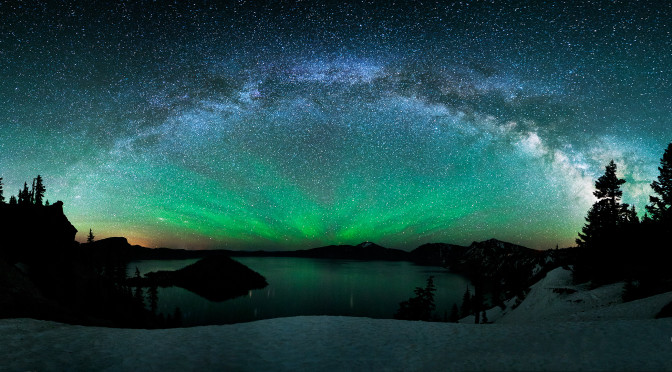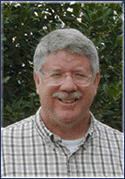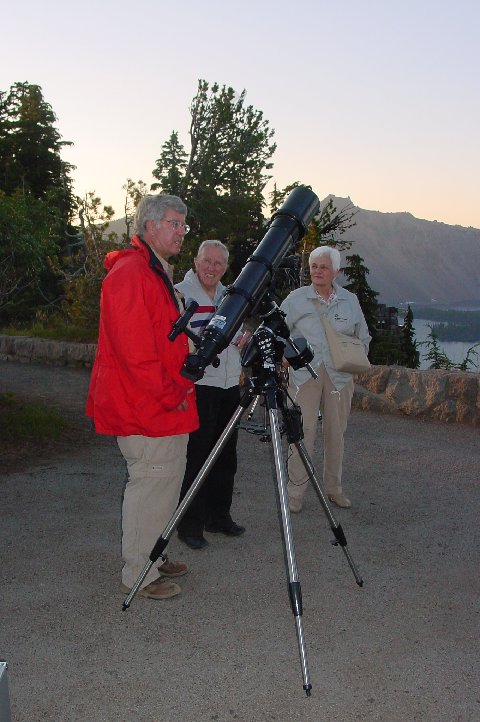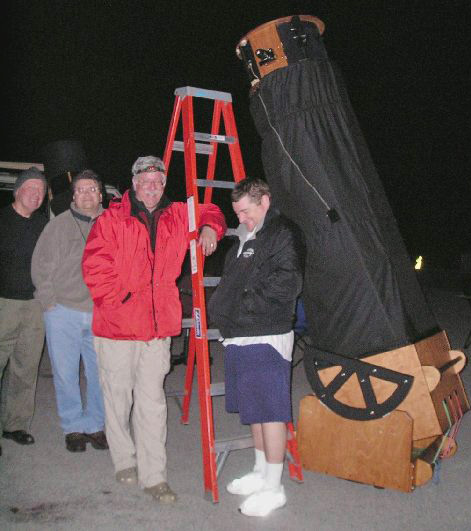Owen Hoffman
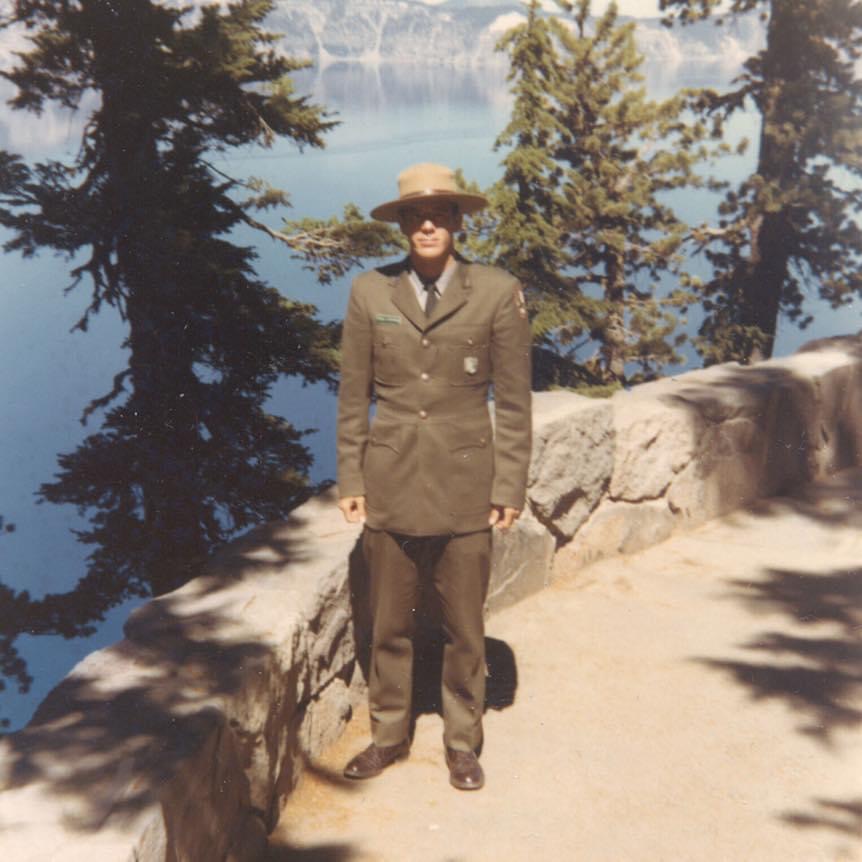
Owen first began working at Crater Lake National Park in 1966 as a park ranger-naturalist. In 1967, he graduated from San Jose State College and entered Oregon State University to perform limnological research at Crater Lake, under the guidance of Dr. John R. Donaldson. Research was conducted on the zooplankton of Crater Lake during the summers of 1967 and 1968, while performing scheduled duties as a ranger-naturalist. Owen completed his MS degree in fisheries limnology in 1969 and went on to be a park ranger-naturalist at Zion National Park. That fall, he was hired as a park ranger-naturalist in Yosemite, where he worked as a year-round seasonal from 1969 to 1971. He was promoted to supervisory seasonal naturalist for Yosemite Valley.
From 1971 to 1975, Owen worked as an environmental scientist for the Institute for Reactor Safety of Cologne, Germany and was a member of the German Advisory Committee for Radiation Ecology for evaluating the environmental and regulatory significance of releases of radiation to air and water from future nuclear power plants. In 1976, he returned to the USA, joining the Environmental Sciences and Health and Safety Research Divisions of the Oak Ridge National Laboratory (ORNL).
During the time he was employed at ORNL, he completed a Ph. D. degree in ecology at the University of Tennessee in Knoxville, TN. In 1976, Owen presented a paper at the First Congress on Scientific Research in the National Parks on the value of Crater Lake as a Limnological Benchmark for Scientific Research. In 1998, he returned to Crater Lake to take part in an oral history interview with NPS park historian Steve Mark and to spend a week in the park as a volunteer park interpreter. This experience inspired Owen to publish a Crater Lake Nature Note on estimating the time it took after the collapse of Mt. Mazama for Crater Lake to fill to its present depth.
Owen returned to Crater Lake as either a volunteer park interpreter or as a naturalist for the Crater Lake Institute each summer from 1998 to 2004. He has applied his professional experience in statistics and uncertainty analysis to comment on the reported maximum depth of Crater Lake. He has been instrumental in promoting public service volunteer sidewalk astronomy at the Rim of Crater Lake and introducing park visitors to the unforgettable experience of dark pristine skies protected above our national parks.
He has also collaborated with CLI director K. Rodney Cranson to produce the Crater Lake Institute’s Garfield Peak Trail Guide. This brochure is intended to enhance the experience of all those who may choose to hike Crater Lake’s most popular trail. In 2004, Owen conducted an National Park Service oral history interview with renowned amateur astronomer John L. Dobson, who returned to the park at the invitation of the Crater Lake Institute to receive the CLI Annual Award for Excellence in Public Service for pioneering sidewalk astronomy in our parks and forests.
When he’s not involved with activities of the Crater Lake Institute, Owen is engaged as president and director of Oak Ridge Center for Rick Analysis, an environmental consulting firm that has been conducting business since 1992 in Oak Ridge, TN and which specializes in the evaluation of the environmental and human health impacts of radioactive and other contaminants in terrestrial and aquatic systems.
Related news items:
Owen recently attended the National Park Service’s Listening Session to give his opinion and represent the Crater Lake Institute (see below) – Thanks Owen!
Exploring the “Other Half” of Our National Parks: Stargazing Under Protected Dark Skies – June 14th, 2008
The renowned amateur astronomer and telescope maker, John Lowry Dobson, 92, once said, “National Parks are special places where dark skies and curious minds collide.” Dobson and the famed Sidewalk Astronomers have spent three decades taking their home-made telescopes to the national parks to meet park visitors willing to stay out after dark to help them explore the “other half” of their parks . Into the Deep: Crater Lake’s ranking as one of the world’s deepest lakes varies by how list is determined – November 29, 2007Is Crater Lake the seventh deepest lake in the world, the eighth or the third? Depends on how it’s figured. How Deep is Crater Lake…Really?One of our own, board member Owen Hoffman, explores the question of How Deep is Crater Lake…Really? National Park Service Listening Session Gatlinburg, Tennessee – March 14, 2007I attended yesterday’s NPS first “listening session” on the National Park Centennial Initiative in preparation for the 2016 NPS centennial. The meeting was held at the Mills Auditorium near the Gatlinburg Convention Center in Gatlinburg, TN. Look up – Skies above Crater Lake are clear, too – September 25, 2003
Owen Hoffman with two park visitors, waiting for nightfall at the Rim of Crater Lake and the 2003 perihelion opposition of Mars.
May 26, 2006: Members of the Smoky Mountain Astronomical Society at Unocoi Crest on the border between Tennessee and North Carolina at an elevation of 4,500 feet. The telecope, named “Sasquatch,” is a 20″ f5.2 truss tube Dobsonian recently rebuilt by Bob Arr, far left, and Michael McCullough, second from left. Owen Hoffman and Tim Hunt are standing beside the step ladder, the only way to access the eyepiece when Sasquatch is pointed near zenith. Through Sasquatch, the views of M-13 were truly spectacular; at high power, the ancient stars of this famous globular cluster in Hercules were resolved to the core.
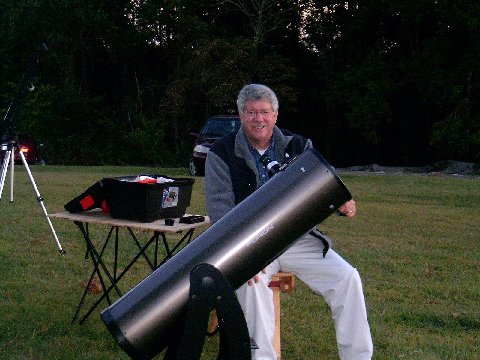
Other pages in this section
*** previous title *** --- *** next title ***
